Earth Day is coming up, on April 22! It’s a fantastic opportunity to spark your students’ curiosity about the amazing planet we call home! In this article, we’ve compiled 35 Earth Day ideas for your Science Classroom. From exploring renewable energy sources to investigating the wonders of soil, there are options for each course and age!
Keep reading and discover all the on-theme learning objectives and games within the Legends of Learning platform that you can use to make Earth Day fun and engaging. Be ready to know the power of integrating blended learning strategies in your classroom as we’ve got two giant lists of resources and activities for you!
14 Earth Day & Science Activities For Your Middle School Classroom
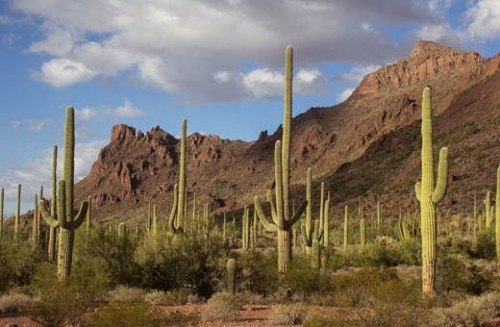
1. Conduct A Science Experiment
Some students learn by reading or seeing. Others learn through practical application. You can incorporate all your students’ learning styles and levels with Earth Day science experiments. Plus, science experiments give students real-world experience in developing hypotheses, exploring results, and correlating human endeavors to the ecosystem. You’ll want to focus on students’ efforts; Earth Day covers a lot of science material. To be most effective, integrate your Earth Day experiments with the science curriculum and learning objectives currently being taught in the classroom.
2. Form A GREEN Committee
To make a difference in the local environment, form a GREEN committee of faculty, administrators, and staff. Next, create a corollary committee of students and parents. The two committees work hand-in-hand to organize and oversee environmental projects, such as a community garden or recycling program. The National Wildlife Federation offers an excellent resource for starting an environmental committee at your school.
3. Get Outdoors
Ted Wells, a fourth-grade teacher, says students need to connect with nature so that they’ll be intrinsically motivated to protect it. With that in mind, get the kids outside. If you’re studying the water cycle or stamens, pistils, and petals, ask students to call out those things as they explore the outdoors.
4. Get Some (Pretend) Funding
Create student research teams and give them a special Earth Day WebQuest, courtesy of Education World. The students’ mission, if they choose to accept it, is to research a critical environmental threat and develop a solution that could win up to $1 million in funding from the fictitious “Help Our World (HOW) Foundation.” The project increases science comprehension and research skills and teaches students how to apply for grant money.
5. Get Some Google Cardboard
Virtual field trips on the big screen are one thing, but immersive ones are something else entirely. Invest in Google Cardboard headsets, then take students on a journey via Google Expeditions or The New York Times. Ms. Frizzle’s got nothing on you anymore.
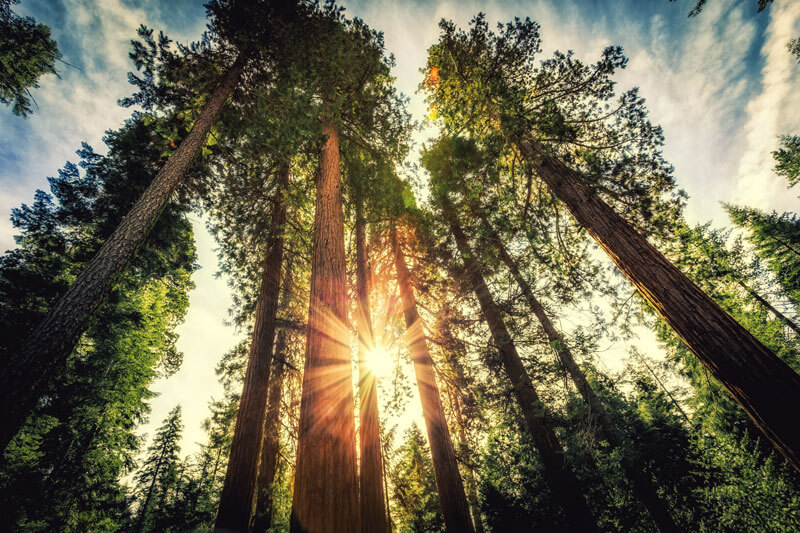
Read the article How to Deploy an Earth Day Quiz
6. Hear From An Environmental Expert
Microsoft claims a multitude of ecological experts, all of whom would be happy to join your classroom via Skype. Prepare kids for the conversation and, to make sure they take something away from the discussion, ask them to recap what they learned in a paragraph or two.
7. Join The PepsiCo Recycle Rally School Recycling Program
Up the typical recycling ante by participating in PepsiCo’s Recycle Rally. The free, nationwide program offers resources and incentives to “make recycling easy, fun, and rewarding.”
8. Partner With The Art Teacher
The usual Earth Day arts and crafts may be blasé, but don’t ditch the arts just yet. PBS offers some great Earth Day crafts, some of which can be used in science experiments or outdoor excursions. Plus, some of your students may absolutely adore the “Recycled Cardboard Rings.” If you only teach science in your classroom, buddy up with the art teacher.
9. Plant A Garden
Heighten the local aspect of Earth Day with something other than planting a tree. Plant a community garden instead and invite parents to participate. The long-term project will instill a sense of ownership in students and produce fruit and vegetables that can be sold at a local farmers’ market. Another good resource for this activity is KidsGardening, an organization committed to engaging and teaching kids through gardening.
10. Solve A Mystery
Give students a “mystery box” of supplies and task them with creating a product that solves an environmental challenge. The assignment will encourage creativity, critical thinking, dialogue, and collaboration.
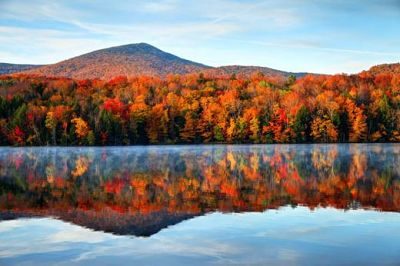
Check on our Learning Objective Earth Materials and Systems Science Games
11. Start A Recycling Program
Kids learn what they practice, so implement a recycling program this Earth Day. Accompany the effort with lessons about why recycling is important and how “reduce, reuse, and recycle” makes the world a better place for everyone. To expand the program across your school, check out RecycleWork’s guide.
12. Take Your Students On A Virtual Field Trip
If you can’t go to the desert or visit the polar bears, bring them to you with Discovery Education. You can view archived footage or join an upcoming Virtual Field Trip. You can even share science and engineering opportunities by taking your students on a virtual tour of 3M. Now that’s snazzy.
13. Turn Your Students Into Film Directors
Enhance students’ critical and creative thinking abilities by transforming them into film directors. With the Tellagami app, students can create animated videos about a local or global environmental issue and share it with the classroom on Earth Day.
14. Visit A Local Museum Or Science Center
Get kids out of the classroom for the day and take them on an exploration of a local museum or science center. Tie the trip to learning objectives to guarantee engagement and impact.
21 Earth Day & Earth Science Resources
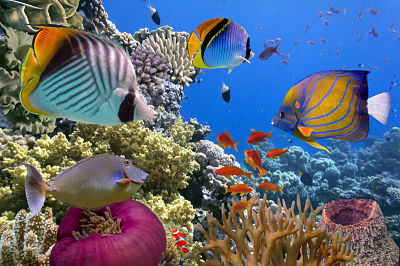
If you want to do some Earth Day sleuthing, check out these 21 sites. They feature lesson plans, activities, and additional resources.
48 Days Of Blue
48 Days of Blue, backed by the National Aquarium, provides challenges you can use throughout the year. This is a great resource if trying to extend climate and environmental literacy to students’ home lives. The challenges also are great fun, including things like a “Lights Out Dinner” and “Beware of Vampires.”
American Museum Of Natural History
The American Museum of Natural History only offers a few environmental and ecological lessons, but they’re robust. Your students can explore existing case studies and scientific data to learn about scientists at work today, analyze findings, and grow their understanding of the relationship between man and the environment.
BBC Science & Environment
BBC Science & Environment gives a global perspective on climate change and environmental issues. Not everything will apply to Earth Day or middle school science learning objectives, but you’re sure to find something to entice and inspire students—maybe, for instance, this article about air pollution.
Earth Day Network
Earth Day Network’s lesson plans, contests, and activities align with Next Generation Science and Common Core standards. You’ll find resources for all grade levels, as well as an abundance of Earth Day and general science concepts.
Education World
Education World offers more than 24 classroom activities across several grades. Most of the activities coordinate with other subjects, helping your students apply their scientific know-how in different contexts.
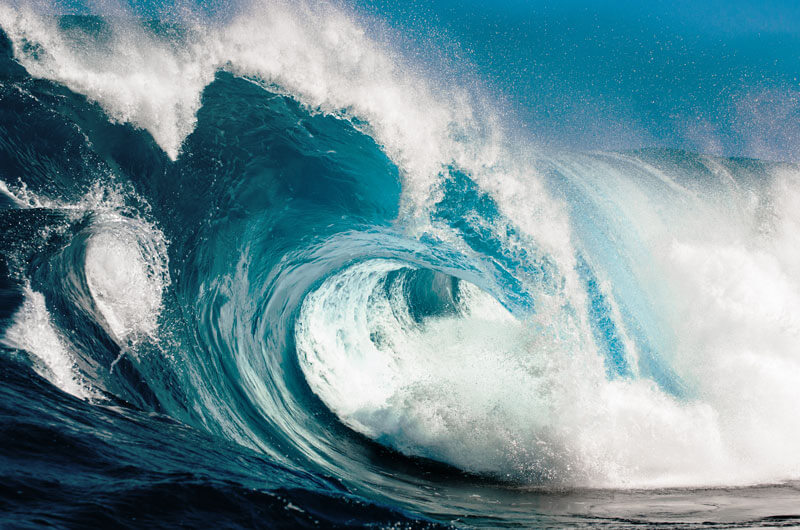
Environmental Protection Agency
Environmental Protection Agency recognizes teachers, scientists, and citizen activists for their work to protect the New England environment. Your classroom could participate in an environmental activity, which you could then nominate for the EPA’s Environmental Merit Award. The application provides several criteria that can be used to define a classroom project. The EPA also offers a number of Earth Day events and projects that can be tailored to the classroom. And, if those two things aren’t enough, you can always look into the EPA’s Environmental Kids Club.
Get To Know
Get to Know contains a variety of educational resources related to Earth Day and science. The activities include raising tadpoles, converting salt water into drinking water, and studying fractals via “snow paint.”
Google Maps For Education
Google Maps for Education. You’ll love this resource. It’s so much fun! Google’s mapping tools allow teachers and students to “explore, create, and collaborate.” The combination of ecology and geography teaches students how humans and the environment interact and affect each other.
Green Education Foundation
Green Education Foundation focuses on “creating a sustainable future through education.” The site shares a couple of interesting ideas, including the organization’s “Adopt-a-Plant” contest.
NASA ClimateKids
NASA ClimateKids offers all sorts of resources and activities, ranging from online games to videos. The site even features a “dream” section, which teaches kids about opportunities to work in an environmental field. NASA ClimateKids also includes several lesson plans and ideas for educators.
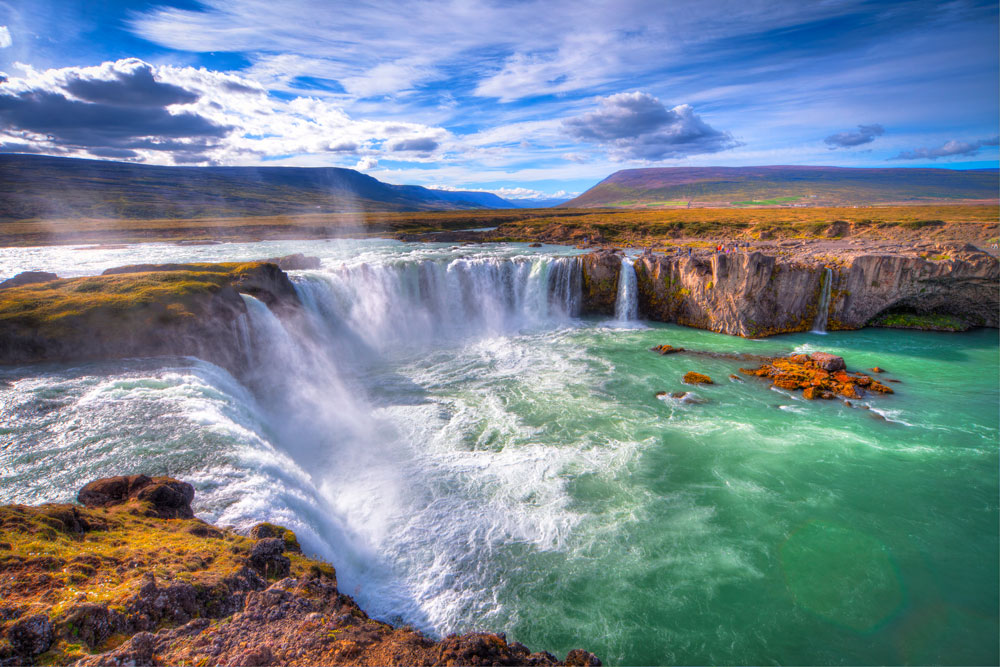
National Education Association
National Education Association provides Earth Day curriculum resources that span all grade levels. The resources linked to here are for sixth through eighth grade. They include individual and group projects that help students develop investigative and collaboration skills.
National Environment Education & Training Foundation
National Environmental Education & Training Foundation offers a “Greening STEM Educator Toolkit.” You’ll want to give the resource a look if desiring to teach climate change and the environment as cross-curricular concepts.
National Wildlife Federation
The National Wildlife Federation provides all sorts of fun resources and programs. For example, you can get students involved in the “Young Reporters for the Environment,” an environmental journalism competition for kids ages 13 to 18.
Nature Works Everywhere
Nature Works Everywhere is on a mission to “help educators teach how nature works.” The site includes everything from videos and lesson plans to garden tools. Nature Works Everywhere is another place to go for virtual field trips, too.
PBS Nature
PBS Nature offers a lot of video content that can support Earth Day and physical science lessons. The site boasts a number of films, with many of them exploring how humans impact ecosystems. Many of the videos come with supplementary materials that can be used in the classroom or home.
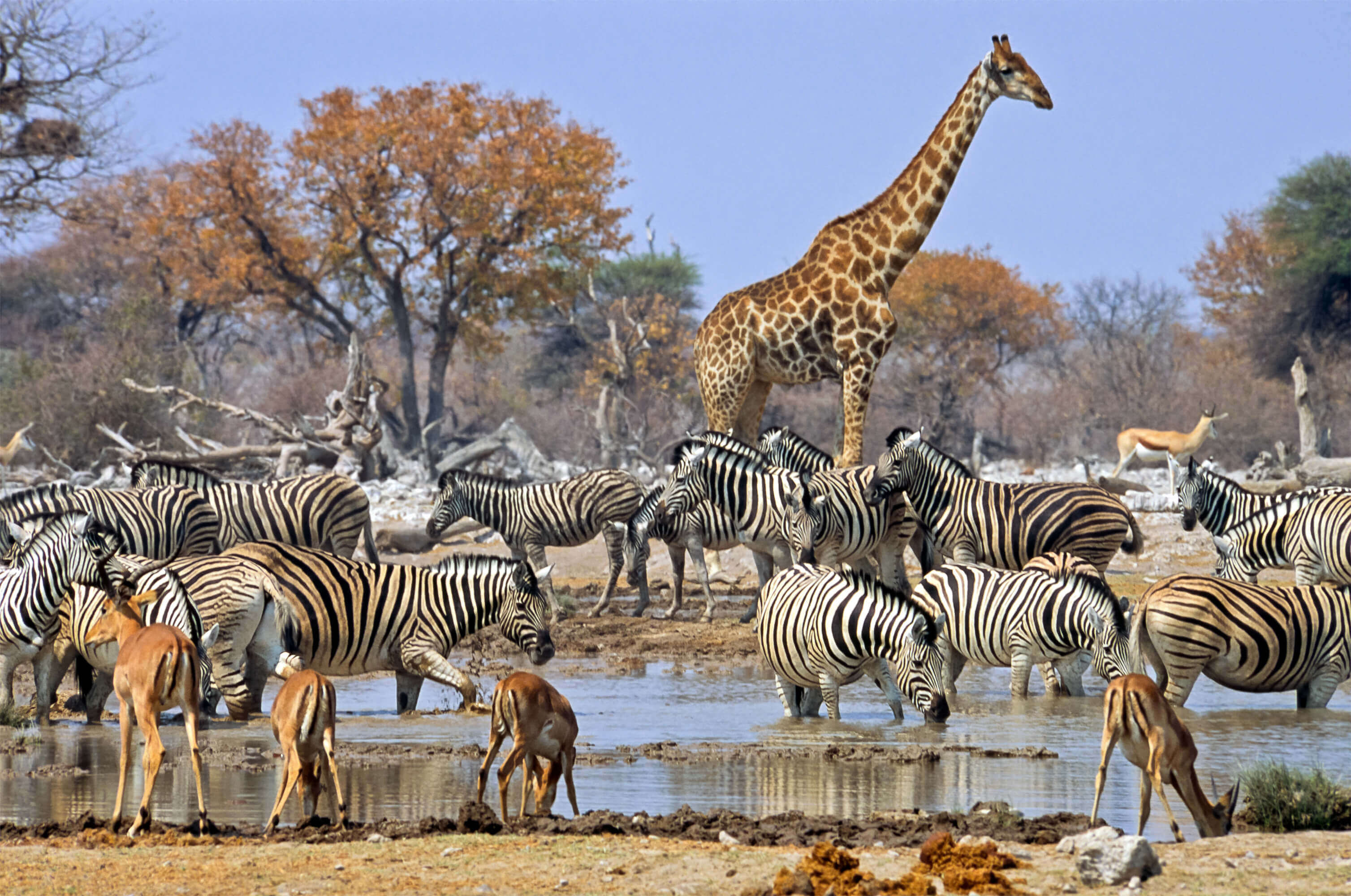
Project Learning Tree
Project Learning Tree offers suggestions for how to incorporate the environment into your science lessons, helping students engage in learning inside and outside the classroom. The program has received several awards for its work in helping educators, parents, and community leaders teach kids.
Project Wet
Project Wet provides lesson plans specific to water and conservation. The organization’s mission statement says it all: “We envision a world in which action-oriented education enables every child to understand and value water, ensuring a sustainable future.”
ReadWriteThink
ReadWriteThink offers lesson plans and parent and after-school resources for just about every grade and learning level. Much of the activities emphasize writing and literacy. Visit this website if you want to strengthen students’ science, writing, and critical thinking skills.
ScienceNetLinks
ScienceNetLinks is another go-to spot for lesson plans and resources spanning all grade levels. You’ll want to make note of ScienceNetLink’s “How We Know What We Know about Our Changing Climate.” It provides a wonderful introduction to climate change and the environment.
Teachers Pay Teachers
Teachers Pay Teachers offers 14 activities designed for middle school and high school. Many of the ideas are cross-curricular, as with the Scientific Notation and Water Conservation” resource and the “Financial Costs and Benefits of Going Green.” Some of the resources are free, but others require a nominal fee.
USDA Forest Service
USDA Forest Service focuses on national forests and grasslands. The site’s “Educator Toolbox” contains vetted resources and professional development opportunities. Some of the organization’s educational themes include climate change, exploring the great outdoors, and wildfires.
Sign up and explore +2000 free science games available on the Legends of Learning platform
Reach Out To Legends Of Learning For More Information
With all the Earth Day ideas and resources listed here, you’ll have plenty of choices for tools to teach, engage, and inspire your students. Now, onward, heroes. Let’s be legendary this Earth Day by using some Google Cardboard or starting a community garden. For more information contact us online.
Check out our latest articles & news!
- Step Into the Past: Explore January’s Latest US History Games
- Kick Off the New Year With Fresh Science Learning Games
- New Year, New Math Adventures: Explore January’s Game Releases
- Classroom Tips to Navigate the Holiday Season with Calm and Confidence
- Next Level Learning: How Florida Teachers Are Implementing Game-Based Science Instruction



